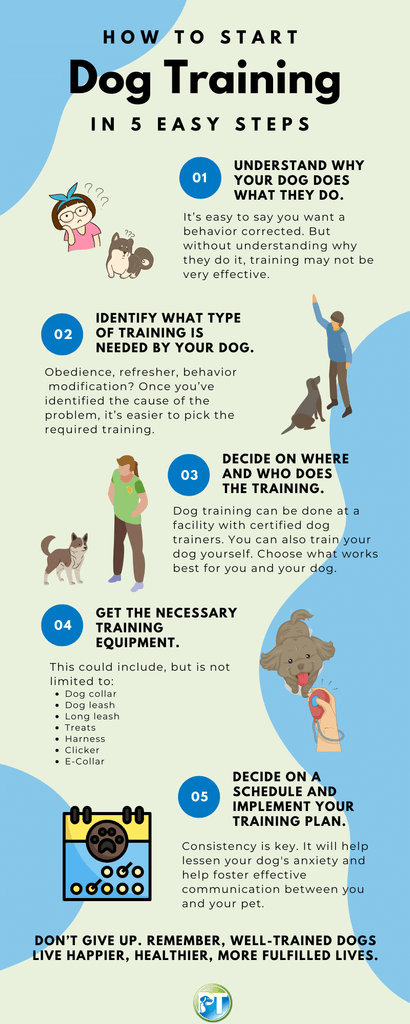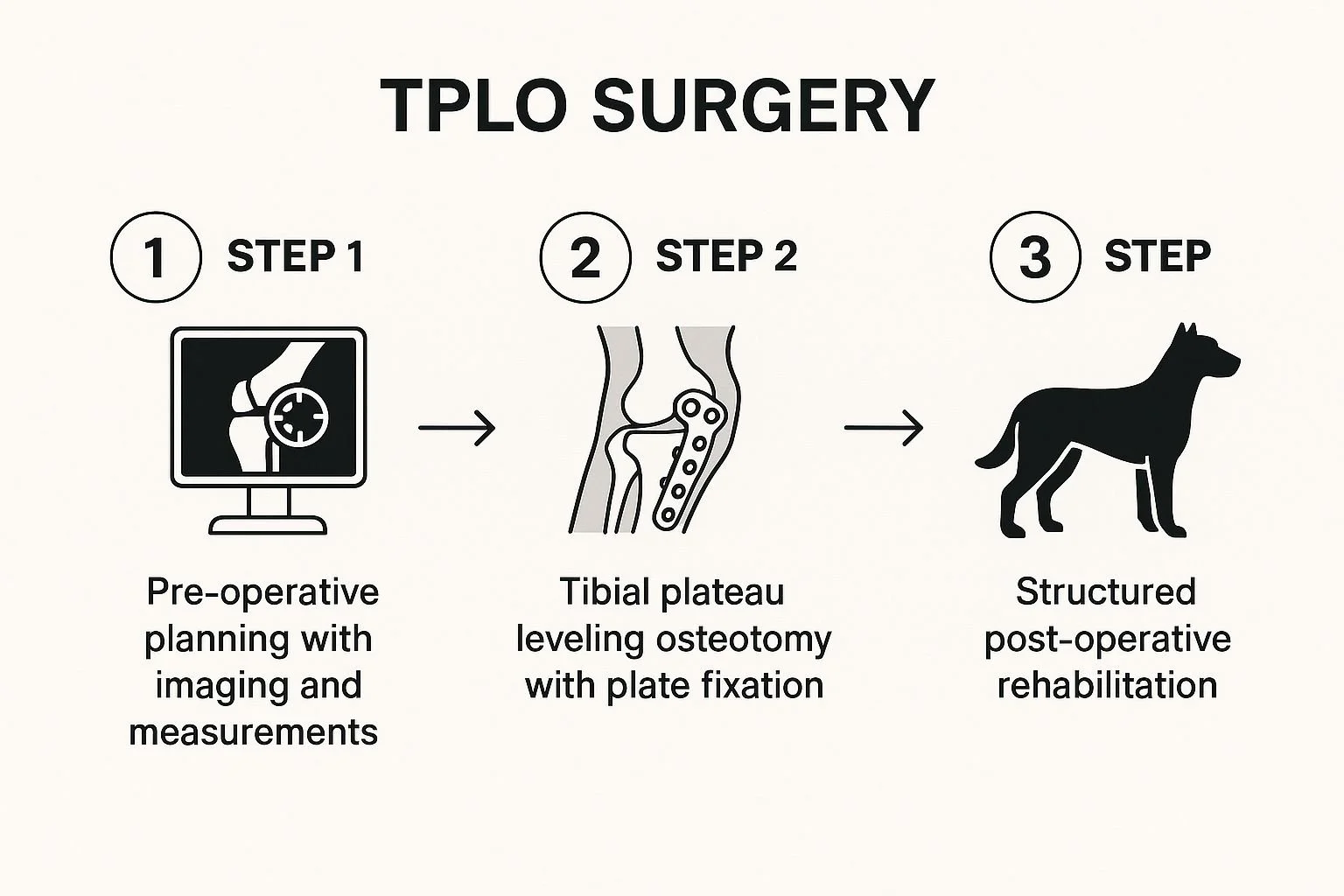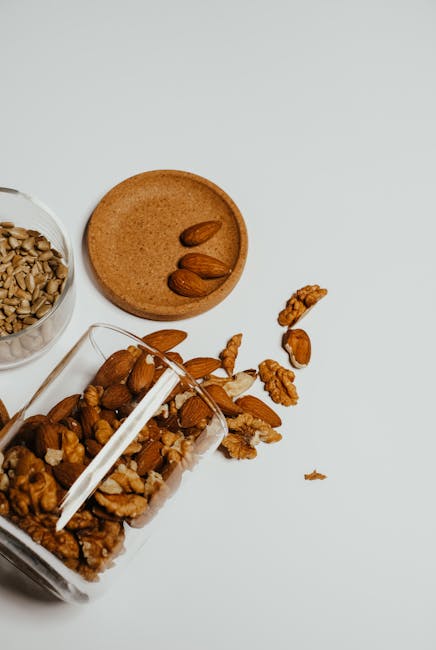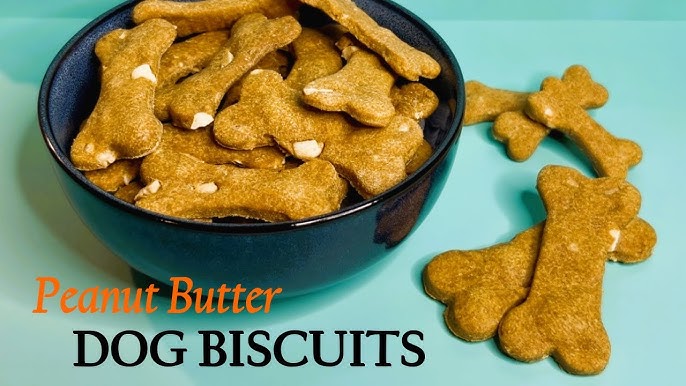Are you looking for a simple way to treat your dog with something tasty and healthy? Making homemade dog snacks is easier than you think.
Not only can you control the ingredients, but you’ll also save money and know exactly what your furry friend is eating. Imagine the joy on your dog’s face when you offer a snack made just for them. Keep reading, and you’ll discover easy steps to create delicious treats your dog will love.
Your pet’s tail will thank you!

Credit: www.recipeboy.com
Benefits Of Homemade Dog Snacks
Making homemade dog snacks offers many benefits for both you and your pet. These treats allow you to provide healthy, tasty options without any unwanted ingredients. You can ensure your dog’s snacks are fresh and safe. Homemade snacks also help you save money while giving your dog a special reward.
Control Ingredients
Choosing ingredients is easy with homemade snacks. You know exactly what goes inside each treat. Use fresh meats, vegetables, and grains your dog likes. Avoid harmful substances or allergens that may cause problems. This control helps keep your dog healthy and happy.
Avoid Additives
Many store-bought dog snacks contain artificial flavors, colors, and preservatives. These additives can cause allergies or upset your dog’s stomach. Homemade snacks contain no artificial chemicals or fillers. You give your dog pure, natural food without hidden additives.
Cost-effective
Homemade dog snacks cost less than many store products. You can buy ingredients in bulk or use leftovers from your kitchen. This reduces waste and saves money. Making snacks at home lets you treat your dog often without spending too much.
Essential Ingredients For Dog Snacks
Choosing the right ingredients is key to making tasty and healthy dog snacks. The best snacks combine nutrition with flavors dogs enjoy. Focus on natural, simple ingredients that support your dog’s health and energy.
Each ingredient type plays a special role. Proteins build muscles and keep dogs strong. Grains supply energy and help digestion. Fruits and vegetables add vitamins, minerals, and fiber.
Healthy Proteins
Proteins are the building blocks of your dog’s body. Use lean meats like chicken, turkey, or beef. Fish such as salmon is rich in omega-3 fatty acids. Eggs offer a great source of protein and nutrients. Avoid processed meats or those with added salt and spices.
Wholesome Grains
Grains provide steady energy for active dogs. Brown rice and oats are easy to digest and full of fiber. Quinoa is a good grain alternative, rich in protein and gluten-free. Avoid grains that may cause allergies like wheat or corn if your dog is sensitive.
Fruits And Vegetables
Fresh fruits and vegetables boost your dog’s immune system. Carrots, sweet potatoes, and green beans are safe and tasty options. Blueberries and apples add antioxidants and natural sweetness. Always remove seeds and cores that can harm dogs.
Safety Tips For Homemade Dog Snacks
Making homemade dog snacks is fun and healthy. Safety must be a top priority. Dogs have different needs and limits. Careful choices keep treats safe and tasty.
Avoid Harmful Foods
- Never use chocolate, grapes, or raisins.
- Onions and garlic can cause serious harm.
- Avoid artificial sweeteners like xylitol.
- Stay away from nuts like macadamia.
- Check ingredients for allergens your dog may have.
Proper Portion Sizes
Give treats in small amounts. Too many snacks can upset your dog’s stomach. Snacks should not replace regular meals. Tailor portions to your dog’s size and weight. Watch for signs of discomfort or allergies.
Storage Recommendations
- Store snacks in airtight containers.
- Keep treats in a cool, dry place.
- Refrigerate perishable snacks to prevent spoilage.
- Label snacks with the date made.
- Discard old or moldy treats immediately.
Simple Recipes For Dog Snacks
Making homemade dog snacks can be a fun and rewarding way to treat your furry friend. Simple recipes using common ingredients allow you to control what goes into your dog’s treats. These easy snacks can also cater to your dog’s specific tastes and dietary needs.
Peanut Butter Biscuits
Peanut butter biscuits are a classic favorite among dogs. You only need peanut butter, whole wheat flour, and an egg to make these tasty treats.
- Mix 1 cup of whole wheat flour with 1/2 cup of peanut butter and 1 egg until a dough forms.
- Roll out the dough and cut it into small shapes using cookie cutters or a knife.
- Bake at 350°F (175°C) for about 15 minutes or until golden brown.
Have you noticed how your dog’s eyes light up when they smell peanut butter? This simple recipe captures that excitement in every bite.
Chicken And Rice Treats
Chicken and rice treats are great if your dog prefers savory flavors. Plus, these ingredients are gentle on the stomach.
- Cook 1 cup of chicken breast, finely shredded.
- Mix the chicken with 1 cup of cooked rice and 1 egg to bind the mixture.
- Shape into small balls or patties and bake at 350°F (175°C) for 20 minutes.
These treats are perfect if you want to reward your dog with something nutritious yet delicious. What’s your dog’s favorite flavor? This might be it.
Sweet Potato Chews
Sweet potato chews are a healthy alternative to store-bought chews. They are easy to make and offer a natural sweetness.
- Slice a sweet potato into thin strips or rounds.
- Place them on a baking sheet and bake at 250°F (120°C) for 2-3 hours until they are dried and chewy.
- Let them cool completely before giving them to your dog.
Have you tried giving your dog a natural chew instead of processed ones? Sweet potato chews last long and keep your dog busy without any additives.
Customizing Recipes For Your Dog
Creating homemade dog snacks allows you to tailor treats to your dog’s unique needs. Customizing recipes ensures your dog enjoys safe, tasty snacks. It also helps maintain their health and happiness. Simple changes in ingredients can make a big difference. Focus on your dog’s allergies, flavor likes, and texture preferences to get started.
Allergy Considerations
Check for any food allergies your dog may have. Common allergens include wheat, soy, dairy, and certain proteins like chicken. Use alternative ingredients such as rice flour or sweet potatoes. Monitor your dog’s reaction to new snacks closely. Avoid ingredients that cause itching, swelling, or digestive issues. Homemade snacks let you control every ingredient to keep your dog safe.
Flavor Preferences
Dogs have their own taste likes and dislikes. Some prefer meaty flavors, while others enjoy fruits or veggies. Experiment with simple flavors like peanut butter, pumpkin, or beef broth. Use fresh herbs like parsley or mint for a fresh twist. Taste tests with small batches help identify favorite flavors. Keep treats flavorful but avoid seasonings harmful to dogs.
Texture Variations
Texture plays a big role in snack enjoyment. Some dogs like crunchy treats, while others prefer soft or chewy ones. Adjust cooking time or ingredient mix to change texture. For crunchy treats, bake longer until crisp. For chewy snacks, use moist ingredients and shorter baking times. Texture variety helps keep snack time exciting and suits dental health needs.

Credit: www.facebook.com
Fun Presentation Ideas
Presenting homemade dog snacks can be as fun as making them. Simple touches make treats exciting for both you and your dog. Creative presentation adds charm and shows extra care. It also makes snacks perfect for gifts or special occasions.
Try different shapes, toppings, and packaging to make snacks stand out. These ideas are easy and enjoyable to do at home.
Shaping Treats
Shape treats using cookie cutters in fun forms. Bones, paws, hearts, and stars are popular choices. Small shapes are perfect for training rewards. Use a rolling pin to flatten dough evenly. Press cutters firmly for clean edges. You can also roll dough into balls or logs for variety.
Decorative Toppings
Add texture and color with dog-safe toppings. Sprinkle flax seeds, chia seeds, or tiny bits of dried parsley. Use a light brush of peanut butter or yogurt for shine. Avoid anything toxic like chocolate or onion powder. Toppings make treats look tasty and inviting.
Packaging Ideas
Package snacks in clear jars or small boxes. Wrap treats in parchment paper tied with twine. Use recycled paper bags decorated with stamps or stickers. Label each package with ingredients and date. Packaging keeps snacks fresh and adds a personal touch.
Involving Kids In Making Snacks
Getting kids involved in making homemade dog snacks can turn a simple activity into a fun and meaningful family project. It offers a chance to teach responsibility and creativity while bonding over something your pet will love. Plus, kids often feel proud when they see their furry friend enjoying a treat they helped create.
Simple Tasks For Kids
Kids can easily handle tasks like measuring ingredients, mixing dough, or shaping treats. These activities are not only fun but also help improve their fine motor skills and hand-eye coordination.
- Stirring wet and dry ingredients together
- Using cookie cutters to shape the snacks
- Sprinkling toppings like parsley or oats
Giving kids these manageable roles keeps them engaged without overwhelming them.
Educational Opportunities
Making dog snacks offers a great chance to teach kids about nutrition and pet care. You can explain why certain ingredients are good for dogs and why some foods should be avoided.
- Discussing the benefits of natural ingredients like pumpkin or peanut butter
- Learning about safe foods versus harmful ones for dogs
- Understanding the importance of portion control and moderation
These lessons help kids understand how to care for their pet’s health in a practical way.
Safety Precautions
Keep safety in mind when involving kids in the kitchen. Always supervise activities, especially when using tools like knives or the oven.
- Use child-safe utensils whenever possible
- Teach kids to wash their hands before and after handling ingredients
- Keep hot surfaces and sharp objects out of reach
Ensuring a safe environment allows kids to enjoy the process without unnecessary risks.

Credit: www.facebook.com
Frequently Asked Questions
What Ingredients Are Safe For Homemade Dog Snacks?
Safe ingredients include pumpkin, peanut butter, oats, carrots, and chicken. Avoid toxic items like chocolate, grapes, and onions for dog snacks.
How Long Do Homemade Dog Snacks Last?
Homemade dog snacks typically last 1-2 weeks refrigerated. For longer storage, freeze them in airtight containers to maintain freshness.
Can I Customize Dog Snacks For Allergies?
Yes, customize snacks by avoiding allergens. Use hypoallergenic ingredients like sweet potatoes or rice to suit your dog’s dietary needs.
How Often Should I Give Homemade Dog Treats?
Limit treats to 10% of your dog’s daily calorie intake. Frequent small treats are better than large amounts at once.
Conclusion
Making homemade dog snacks is simple and fun. You control the ingredients and keep treats healthy. Dogs love fresh snacks made with care. Try different recipes to find your dog’s favorite. Baking at home saves money and ensures quality. Your dog will enjoy tasty treats made by you.
Start today and enjoy bonding with your pet. Homemade snacks show love in every bite.







